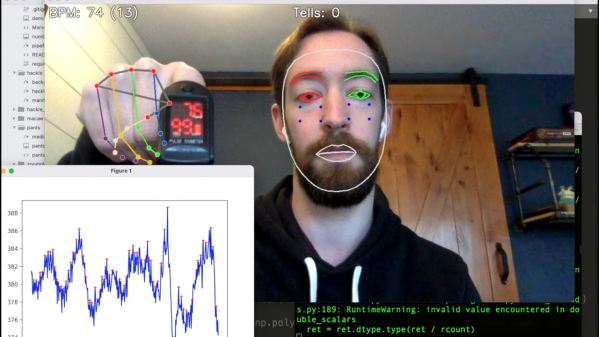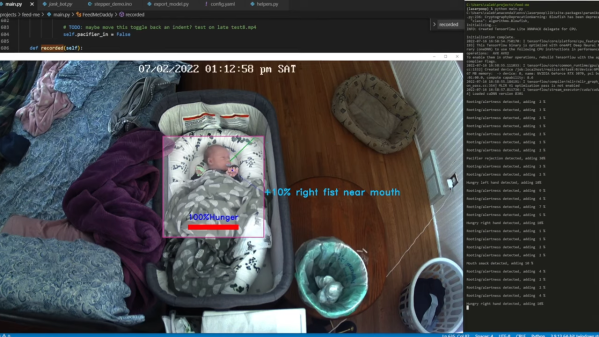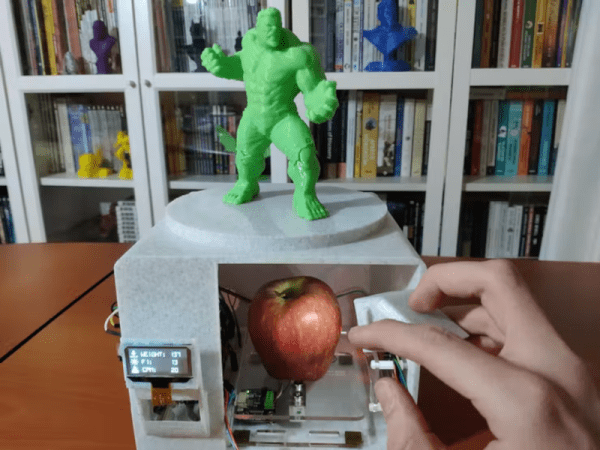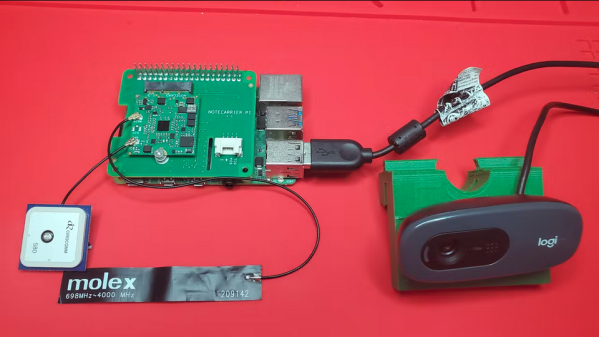Depending on your point of view, real-life conversations with strangers can either be refreshing or terrifying. Some of us are glib and at ease in new social situations, while others are sure that the slightest flub will haunt them forever. And perhaps chief among these conversational faux pas is forgetting the name of the person who just introduced themselves a few seconds before.
Rather than commit himself to a jail of shame on such occasions, [Caleb] fought back with this only slightly creepy name-recalling smartphone app. The non-zero creep factor comes from the fact that, as [Caleb] points out, the app crosses lines that most of us would find unacceptable if Google or Amazon did it — like listening to your every conversation. It does this not to direct ads to you based on your conversations, but to fish out the name of your interlocutor from the natural flow of the conversation.
It turns out to be a tricky problem, even with the help of named-entity recognition (NER), which basically looks for the names of things in natural text. Apache OpenNLP, the NER library used here, works well at pulling out names, but figuring out whether they’re part of an introduction or just a bit of gossip about a third party is where [Caleb] put the bulk of his coding effort. That, and trying to make the whole thing at least a little privacy-respecting. See the video below for a demo.
To be sure, this doesn’t do much more than a simple, ‘remind me of your name again?’ would, but without the embarrassment. It’s still pretty cool though, and we’re especially jazzed to learn about NER and the tons of applications for it. Those are projects for a future day, though. We’re just glad to see that [Caleb] has moved on from monitoring the bodily functions of his dog and his kid. At least for now.
Continue reading “Machine Learning App Remembers Names So You Don’t Have To”

















